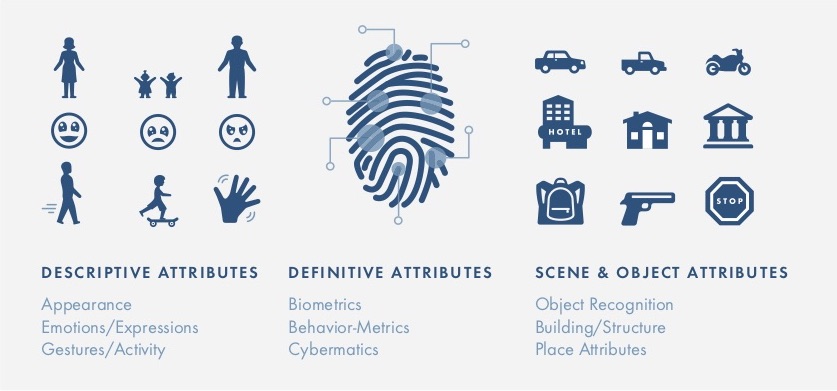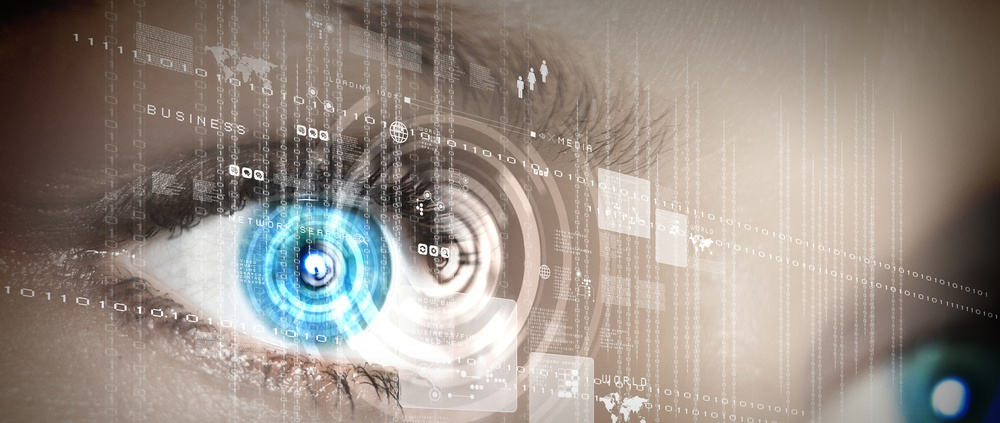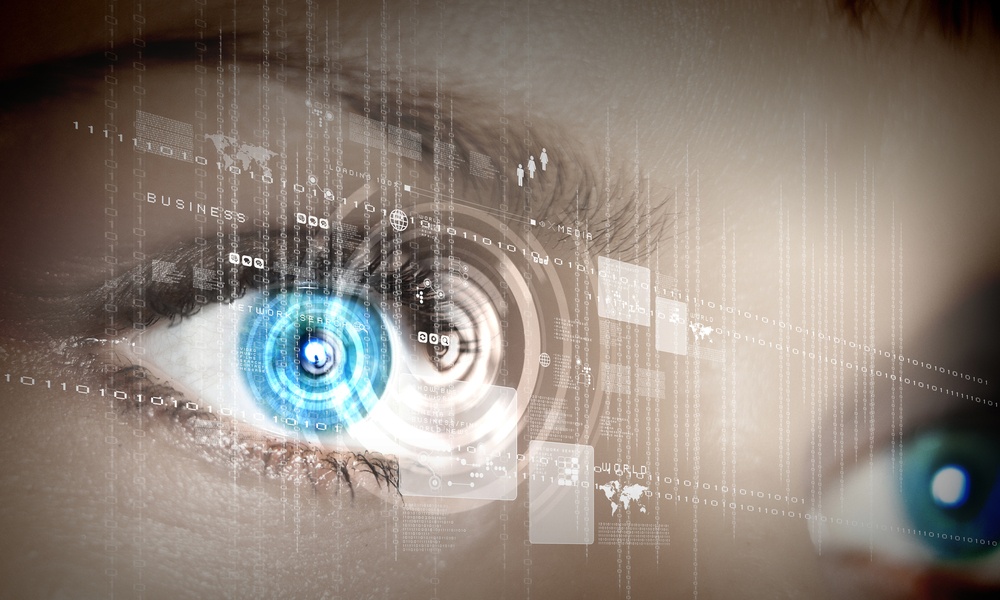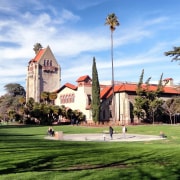Everything you need to know about Artificial Intelligence
What is Artificial Intelligence?
Artificial Intelligence (AI) is the theory and development of computer systems able to perform tasks which normally can only be accomplished by human intelligence, such as visual perception, speech recognition and decision making.
- Machine Learning (ML) focuses on the development of programs that can learn and change on their own when exposed to new data without needing to be explicitly programmed to do so.
- Deep learning (DL) is a subset of ML and, thanks to advances in computing power, has spurred huge developments in speech and image recognition. An article in MIT Technology Review explained DL this way, “Deep learning software attempts to mimic the activity in layers of neurons in the neocortex, the wrinkly 80 percent of the brain where thinking occurs. The software learns, in a very real sense, to recognize patterns in digital representations of sounds, images, and other data.”
- DL’s secret sauce is simple and very natural for humans, it learns by examples. In the same way that Siri or Alexa tries to recognize the intent of your words, DL algorithms, of which neural networks are the most popular type, recognize and classify content in video and, ultimately, make it searchable.

How AI Transforms Unstructured Video into Actionable Intelligence
Unstructured data refers to information that either does not have a pre-defined data model, or is not organized in a pre-defined manner. This results in irregularities and ambiguities that make it difficult to understand using traditional programs.
Video is full of unstructured data, which means it is typically unreadable by a machine. You can’t search it, compare it against other data, or react to it quickly in critical situations. Working with unstructured video data is like trying to read a book in a language you’ve never seen before. Tangibly, this means footage of a busy lobby or intersection is just that, an incredibly busy camera frame full of people, trucks, cars or vans all crossing the screen, each object registering as meaningful or as meaningless as the next.
{{cta(‘989972de-36e7-473a-922f-07715946c9cd’)}}
To solve this problem, AI-powered algorithms can be unleashed to tame unstructured data, making it usable in a myriad of new and exciting ways. For example, this new technology enables one to set up smarter auto-monitoring policies that don’t just merely look for motion, but understand the attributes and behaviors of a person or vehicle that should trigger an alert. When doing post-event review, you can now search and filter nearly any video by attributes like color of clothing, the direction a person is walking, the characteristics of their face and behaviors, the number of black vans that crossed the intersection, or all of the white sedans who turned left from the left turn lane.
Intelligence Delivered through AI

AI is the bridge between unstructured and structured data, empowering smart-monitoring and video review with a specificity like never before, transforming it into searchable data that leads to actionable intelligence.
{{cta(‘b7a32974-cb07-4e5a-8dd8-2a867c918942’)}}










Leave a Reply
Want to join the discussion?Feel free to contribute!